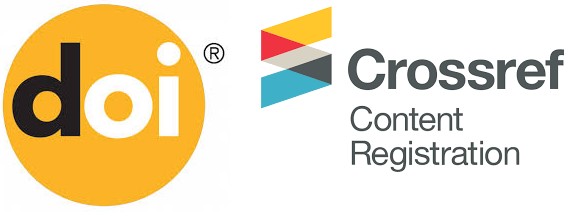robotics, robot, education, Industry 4.0, South Korea, instructional support robots
JEL:
I23, O14








The new United Nations (UN) sustainable development (SD) agenda in 2015 heralded the beginning of a new global effort for the planet's sustainability through the Sustainable Development Goals (SDGs). They provide a framework for all countries, regardless of income levels, to guide national planning for achieving SD. Climate change may impact almost all SDGs and vice versa, though, of the 17 SDGs, the 13th is designated to climate action. The growing concern for environmental degradation has raised the question of how countries will manage to achieve SDGs and whether the answer can be found in their institutions. Reducing emissions necessitates environmental policies influenced by political institutions that shape policy adoption and implementation. This paper aims to analyze the effects of institutions adopting the dimensions of good governance on particular SDG indicators of the 13th SDG by using a Nonparametric Kernel Regression framework and a panel data set of 5 Western Balkans (WB) countries from 2000 to 2020. The target countries share the ambition of EU accession and hold the EU candidate status. WB countries spark our interest because of the severe institutional governance problems, which limit their ability to progress towards SDGs. The paper's empirical analysis uses a specific SDG indicator for the 13 SDG of the Europe Sustainable Development Report, similar to that used by the OECD for the report on Measuring Distance to the SDG Targets. The analysis includes as independent variables the World Governance Indicators (WGI). Contributing to the existing literature on institutions and SD, the novelty of our approach is the use of the WGI with SDG indicators in measuring the impact of quality of governance on the progress towards the 13th SDG referring to climate action.
Read more